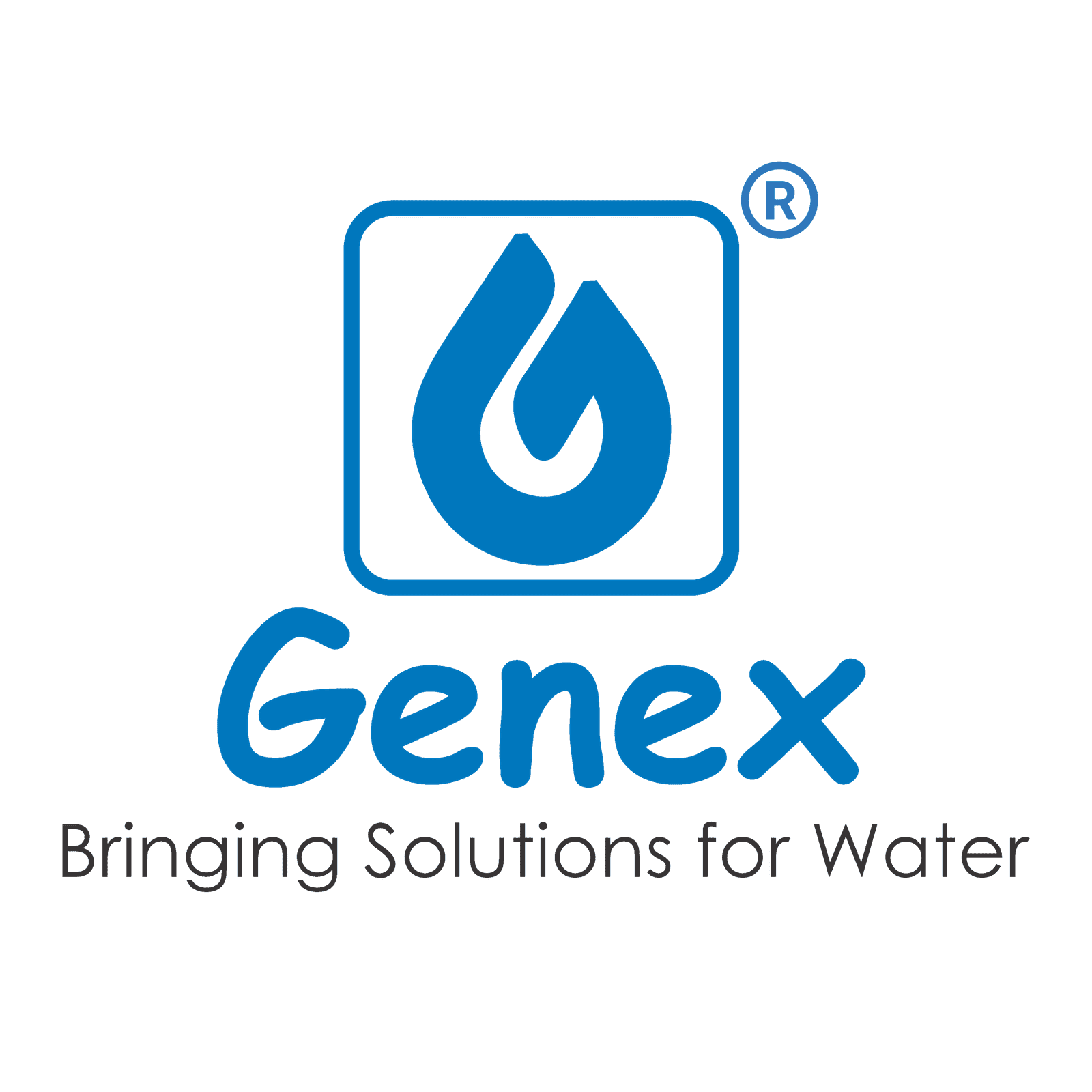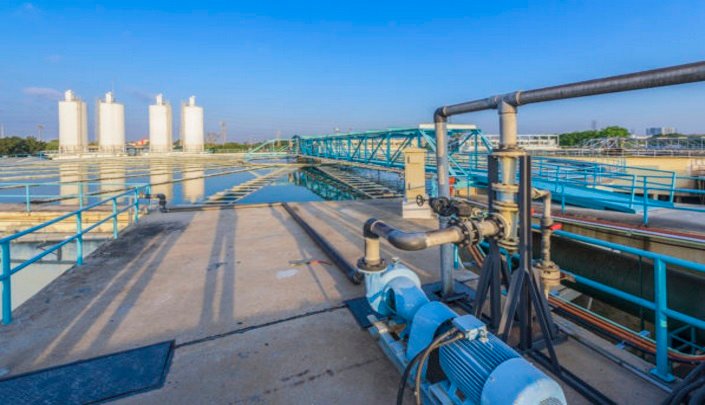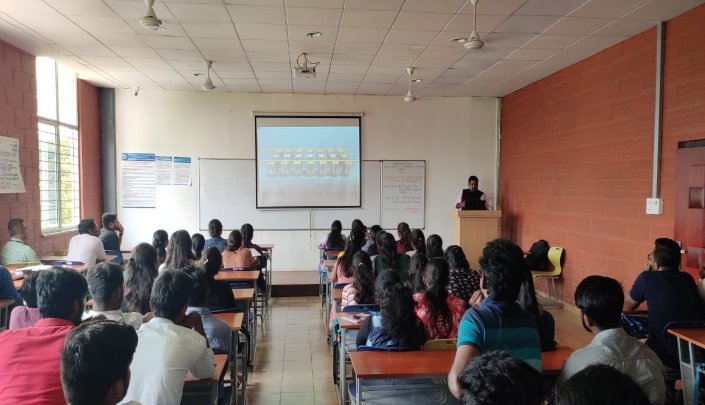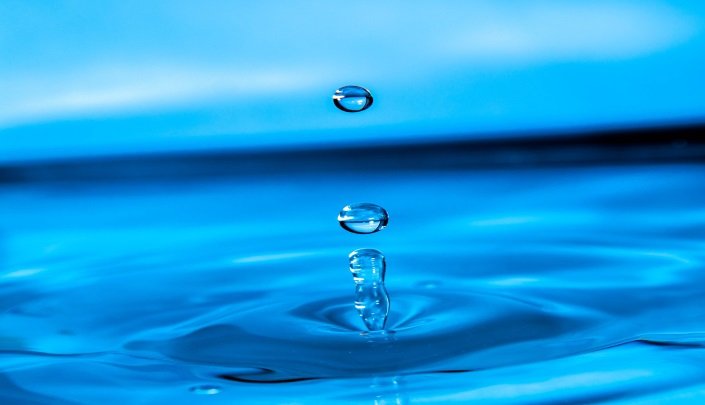

Sewage Treatment
The method of getting rid of impurities or pollutants from local waste-water is known as sewage treatment. Varying procedures such as physical, biological and chemical processes are used in the treatment. It is also referred to as waste-water treatment.
The municipal waste-water constitutes waste liquid from households and industries. This waste is used with a cause to generate less harm to the environment in which it is released.
Sewage treatment generally involves three sections– Primary, Secondary, and Tertiary Treatments. Primary treatment necessitates the sedimentation activity to get rid of pollutants contaminating the water. Secondary treatment uses the biological process to deal with the fixed sewage, while the tertiary process is the final stage which refines the quality of the discharged contaminated water (effluent). This step is also termed as the ‘effluent polishing stage’.
Utilization of Activated Carbon Filter in Sewage Treatment – Next Stage
Activated carbon filter process primarily ingests rejected contaminants from waste-water. Activated carbon is originally treated with oxygen. This helps the charcoal open up millions of tiny pores. Activated carbon is highly effective when it comes to absorption of contaminants from water.
Filtration process includes activated carbon to clear away the residual contaminants from sewage waste. Carbon ingests toxic wastes such as chlorine, methane, organic compounds, and even the taste and odor from water.
Activated carbon filter clears away chlorine from waste-water. It has a huge surface area which makes it extremely compelling to absorb contaminants from waste-water. Chlorine clearing procedure fills the wide pores of the carbon. Hence, contaminants are removed. Activated carbon requires restoration as its potential to work decreases slowly. This procedure involves an economical performing price.
Carbon in the activated carbon filter procedure also absorbs organic compounds. The potential of this procedure will be built on the materialistic features of the surface area of the operated carbon, the quantity of hydrogen and oxygen includes the combination level of the impurities, time-span of the treatment, and certainly the pH level of the used water.
Activated carbon filter process can also be used as a pre-treatment in other waste treatment processes. These include ion exchange resins and reverse osmosis process. Toxic waste can be simply removed with this combination of activated carbon and ozonation. It also raises the life span of activated carbon filters.















